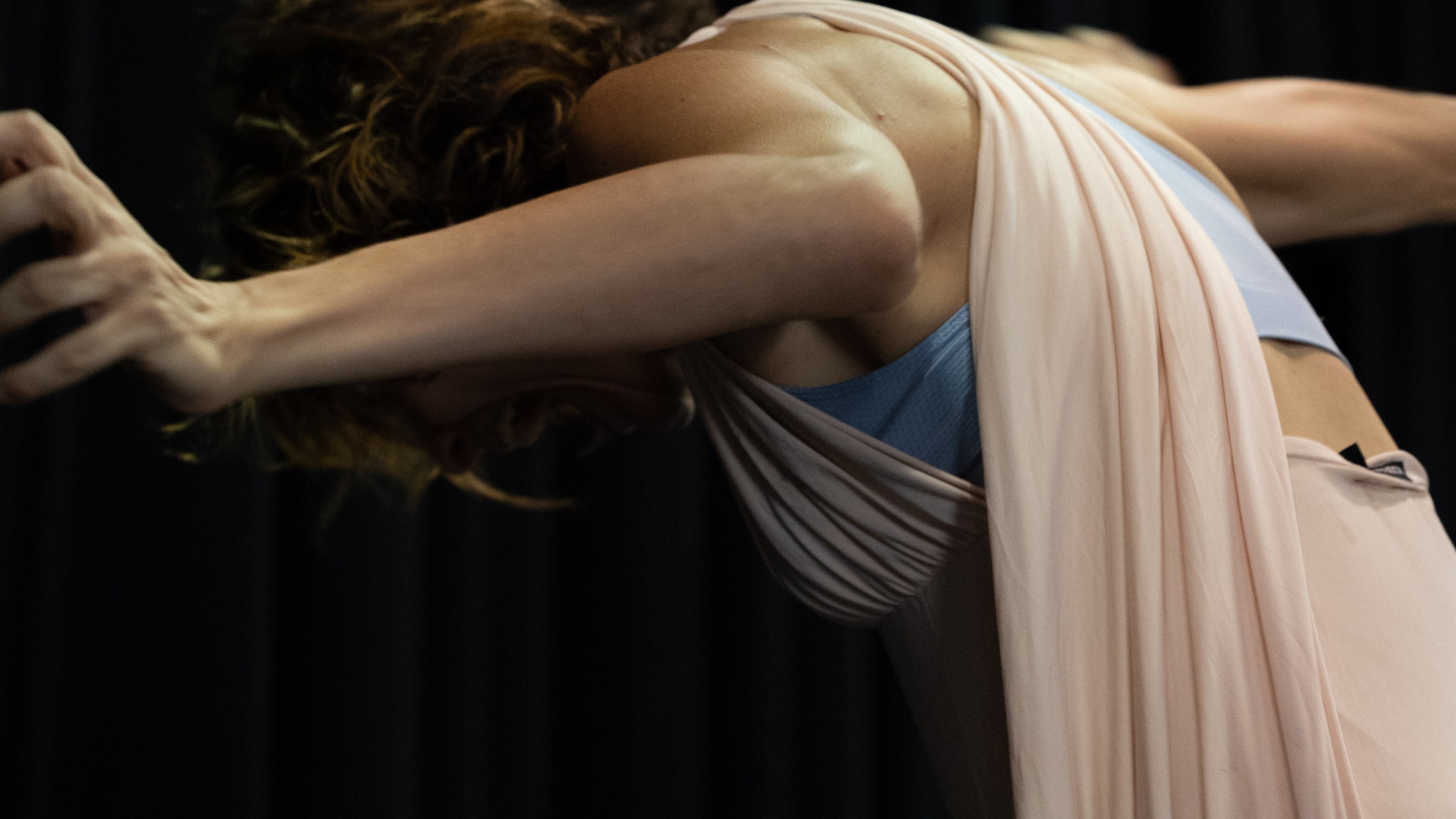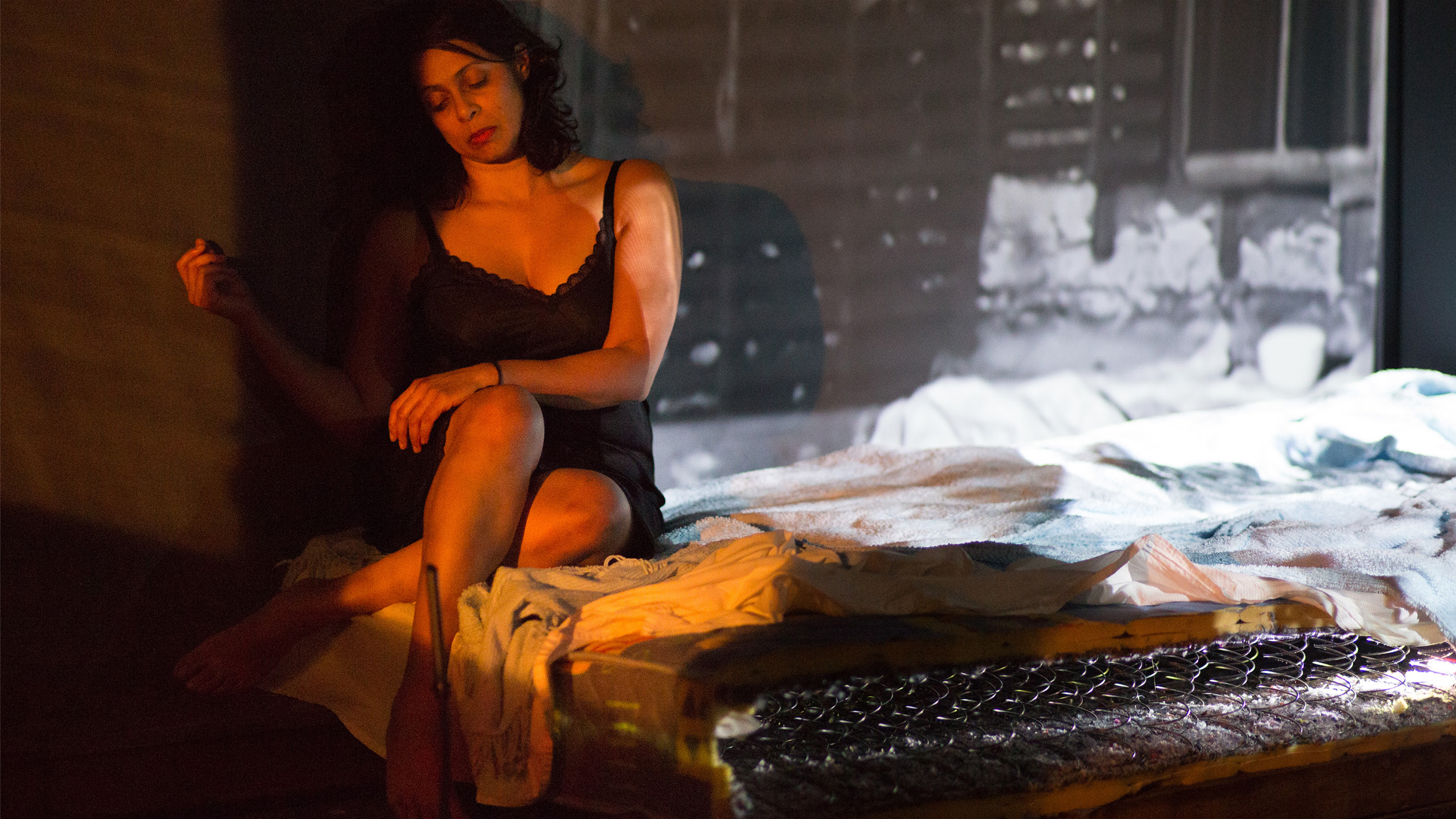
Defined Femaleness
29.10.2018
Mark Bosch’s powerful reflection on the foul of the air confronts the pervasive realities of sexual violence and patriarchal oppression through a visceral, multisensory theatrical language that refuses passive witnessing. Drawing on Charlotte Wood’s The Natural Way of Things and the performance’s haunting imagery and soundscape, he challenges us to rethink how we speak about, understand, and fight against violence toward women beyond statistics and rhetoric.
‘“Femaleness”; a wretched, illusory femaleness, a femaleness which is not one, because it is only ever defined by men, by patriarchy.’
Do I start with the stats?
I certainly don’t feel obliged to. We know them already, don’t we? We know that 1 in 5 Australian women have experienced sexual violence since the age of 15. We know that over 1 in 2 women have experienced sexual harassment in their lifetime. We know that 1 in 4 women have experienced violence by an intimate partner. We know that the culture of under-reporting means these figures are actually higher — by how much? We know, at least, that after the most recent incident of sexual assault by a male, 9 out of 10 women did not contact the police.
We know these things. We know that Aboriginal and Torres Strait Islander women, women with disabilities, and women experiencing financial hardship are among those most at risk of family, domestic, and sexual violence; and that it is a leading cause of homelessness for women and children; and that overall, intimate partner violence causes more illness, disability and deaths than any other risk factor for women aged 25–44. We know these things.
And since we know these things, I don’t feel obliged to recite them. At the same time, I acknowledge apophasis — saying something by denying it should be or is being said — as one of the most insidious rhetorical devices used by politicians and gaslighters alike, as a potential manifestation of what Gayatri Spivak called “epistemic violence”, coined in her lauded 1988 essay. The title of that essay, a question to which Spivak ultimately responds “no”, is appropriate to adopt here: can the subaltern speak? However significant the stats may be — I stress that they are, especially given Sherele Moody’s — do we hear through them the voices of the women they represent? The voices of both those women who have survived, and those who have been killed?
A rhetorical question containing another insidious rhetorical device — have been killed. The all-too-ordinary tendency to use the passive voice when reporting on physical and sexual violence “[minimises] the role of the perpetrator[, obscuring their] actions, choices and responsibility”, and “may encourage readers to place greater blame on the victim”, . Fate, guided by an invisible hand: a woman was killed, was raped.
“[F]emaleness always at the centre, as if womanhood itself were the cause [. .] As if [women], somehow, through the natural way of things, [do] it to themselves.”
I’m paraphrasing Charlotte Wood’s The Natural Way of Things, the Stella Prize-winning novel I have open in front of me, and which inspired the foul of the air. The novel’s powerful imagery — of girls (Wood’s wording) in nightdresses, girls fettered, girls hard labouring, imprisoned somewhere inland, Australia’s great “nowhere in particular” — was brought into stark, spatiotemporal relief on the 19th and 20th of October at the East Sydney Community and Arts Centre, where director Michelle St Anne, cast and crew carved out an interstice that, for all its poetics, confronted social reality head-on. Close to its end, Mary Rapp, vocalist and lead of six, semi-improvising double bassists, sang the above paraphrase in its original form, finally naming the concept on which the whole performance pivoted. “Femaleness”; a wretched, illusory femaleness, a femaleness which is not one, because it is only ever defined by men, by patriarchy.
Wood and St Anne alike have held such a femaleness in their firm, unrelenting grasps, performing what Wood calls a “slow, weird sort of exorcism [of] poisonous, woman-despising, cultural malignancy”. My experience of the foul of the air was similarly exorcising; I was left breathless, entranced, close to empty, but for an unshakable melancholy. This was no dreamy dystopia I could leave behind. This was only “the patriarchal oppression of now”, the “present policing of [women’s] bodies, the corrosive discrimination of political and economic systems that turns women’s bodies against them, rebuilding them as flesh and blood prisons”, as Stassa Edwards puts it in her brilliant review of Wood’s novel.
But it’s not just the now; it’s the past as well. Edwards cites an interview in which Wood refers to the Hay Girls Institution, a ruthless NSW facility that subjected “incorrigible” orphan girls to “brutal forms of discipline and control, unrelenting routine and hard labour” between the years of 1961 and 1974. Riots had been regularly occurring in the all-female, so-called Industrial Schools since the late 19th century; Hay was opened for that reason. The girls could not speak, not even in riot. It’s no accident, either, that it takes eleven pages before one of the girls in Wood’s novel simply asks for a cigarette; or, of course, that Wood forgoes the poetics of empowerment overall.
At some point in writing this brief reflection, I was reminded of that extraordinary statement from Audre Lorde: “the master’s tools will never dismantle the master’s house”. I believe it’s in service of this conviction that I have invoked statistics, rhetoric, epistemic violence, poetics. Language matters. It matters how we convey problems, how we sit with them, how we conceive solutions. I owe Sydney academic Peter Bansel a great deal for his observation that we cast a forensic gaze, a gaze focused on death and dying, over statistics and news reports. This is a gaze that can only get us to the point where we construe the importance of an issue by how much violence and how many deaths are connected to it. By this metric, women’s voices are lost in an endless stream of numbers.
But The foul of the air dealt in a very different, multisensory language. It didn’t let one merely gaze, but instead threw the whole sensorium into overdrive, into a state of almost hyperreal hallucination, a state inextricably bound to the vitality of the human body: bodies withdrawn, sprawled, thrashing about; my own. Renata Commisso thrashed about, unforgettably so, as the double bassists advanced on us, stopping a body’s length away, producing a terrible cacophony, sempre fortissimo. Rapp wailed over the top of it all with extraordinary vocal stability. I almost dissolved, reminded of how close I am to it all.
Sexual violence is so close to all of us, and the language of The foul of the air is a language we need to communicate it, sit with it together, and call forth change. I am excited to see how this language develops as the piece itself does in utero for 2020, when six double bassists will become ten — but that’s about the only detail I’ve been given so far.
In the meantime, we must continue working on our vocabularies for understanding sexual violence, unearthing in them new ways to speak, new praxes for fighting together against it, against the ever-crumbling master’s house.
Note: Statistics and information provided by the Australian Bureau of Statistics, the Australian Institute of Health and Welfare, and the Australian Institute of Family Studies under the CC-BY 4.0 licence.
Mark Bosch is completing a Bachelor of Arts with majors in French and Gender Studies at the University of Sydney, and will be completing an Honours project with an environmental focus in 2019. He plays the violin for leisure, occasionally freelances, and has since 2017 been a member of the Sydney University Symphony Orchestra. He also writes for the online youth classical music magazine CutCommon, and volunteers with the AYCC (Australian Youth Climate Coalition). Mark’s other interests include journalling and digital subcultures.


